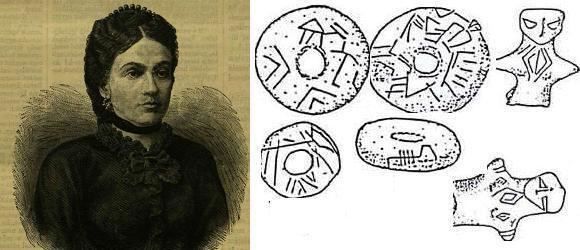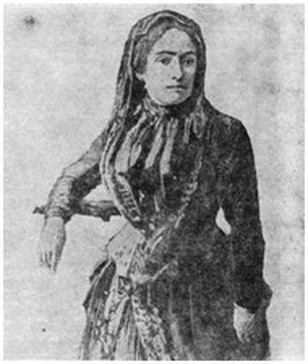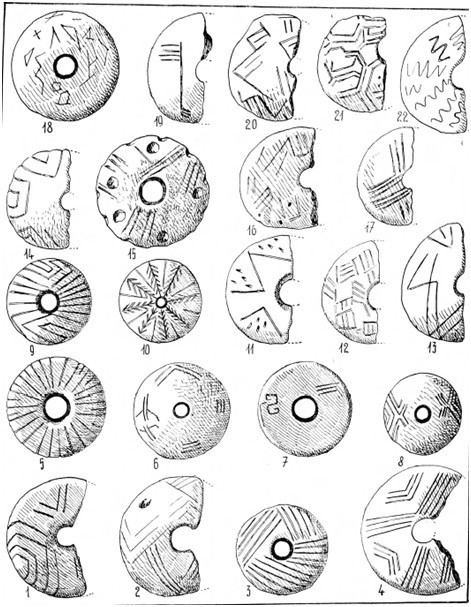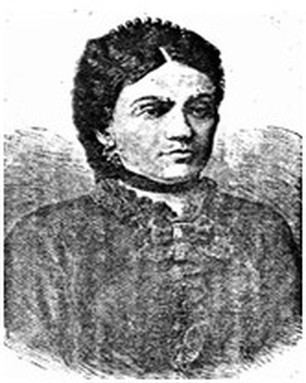Name Zsofia Torma | Role Archaeologist | |
 | ||
Died November 14, 1899, Orastie, Romania | ||
Digging in archives writing the scientific biography of archaeologist zsofia torma
Zsófia Torma (September 26, 1832 – November 14, 1899) was a Hungarian archaeologist, anthropologist and paleontologist.
Torma was born in Csicsókeresztúr, Beszterce-Naszód County, Austria-Hungary (today Cristeștii Ciceului, Bistrița-Năsăud County, Romania). She was mostly self-educated. The symbols and scripts on clay objects she found during an excavation in Hunyad County were an archaeological sensation. She also found artifacts of the 6,000- to 7,000-year-old Tordos culture, some of which were covered with Vinca symbols.

Her most well-known work, the Ethnographische Analogien, was published in Jena in 1894.
Torma had an important role in the founding of the National Museum of Transylvanian History of Kolozsvár (present-day Cluj-Napoca), to which she left her archaeological collection in her will. She was the first female to become an honorary doctor in Kolozsvári m. kir. Ferencz József Tudomány Egyetem Bölcsészeti kara, what is today Babeș-Bolyai University, on May 24, 1899. She died in Szászváros (present-day Orăştie) in 1899.



